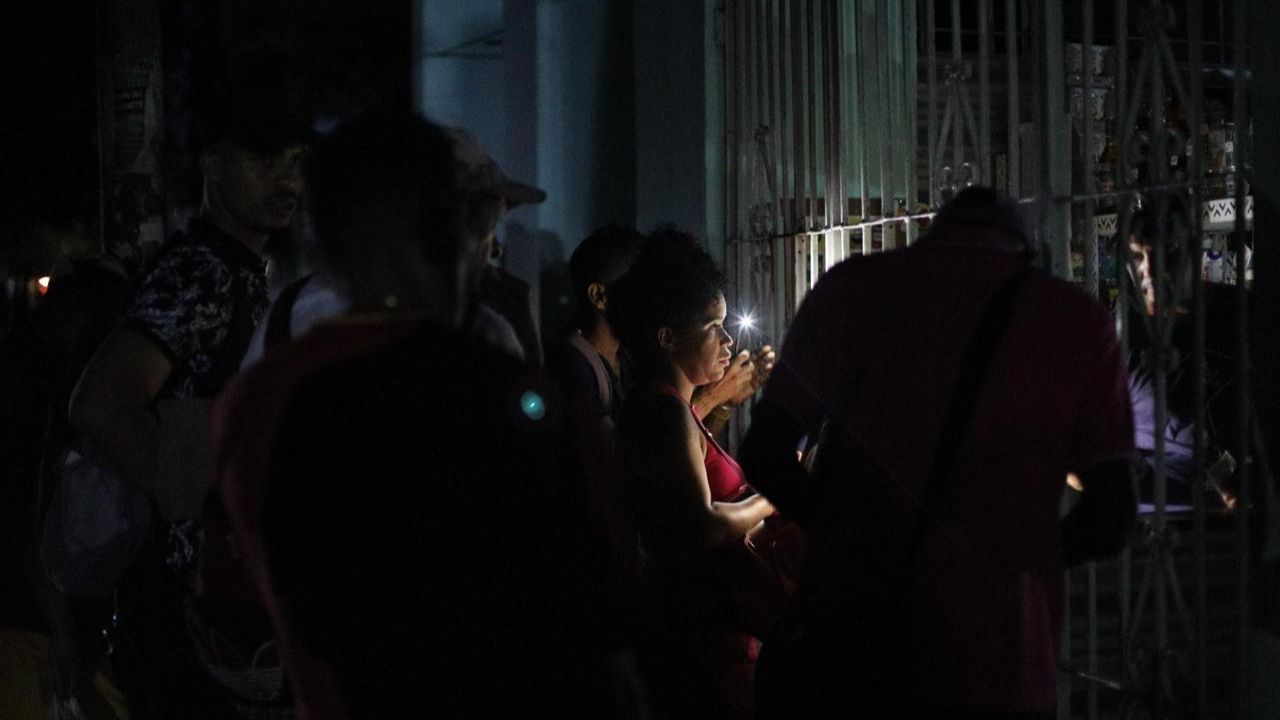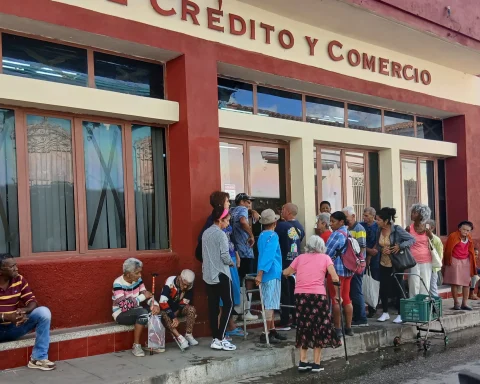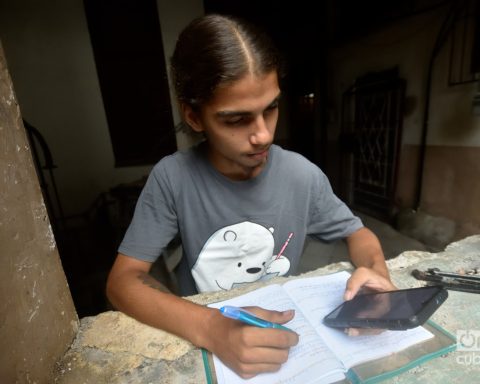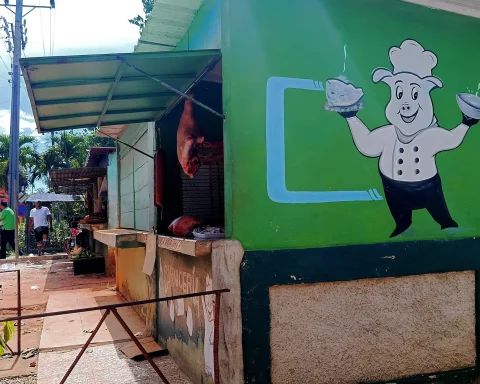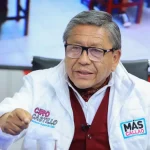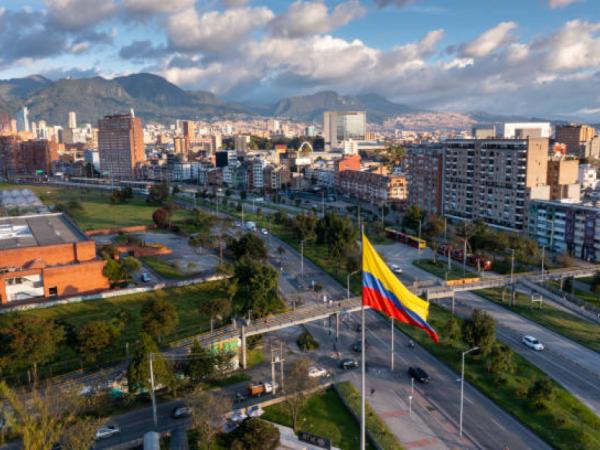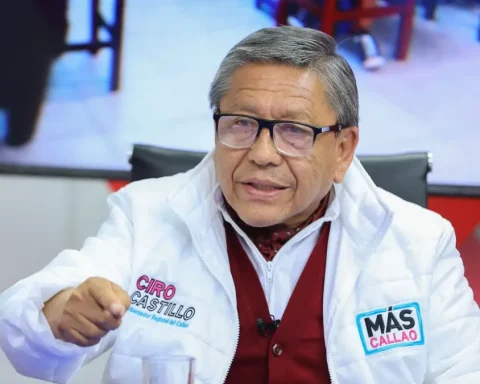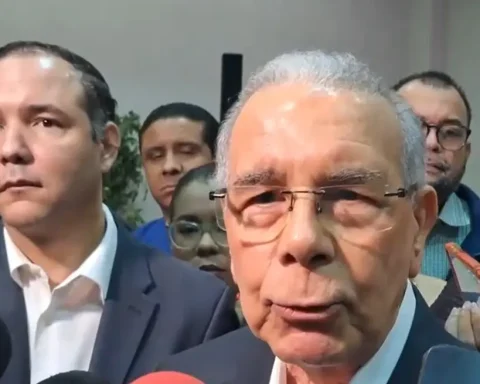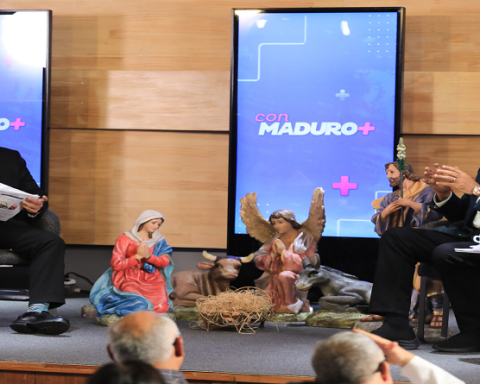HAVANA, Cuba – Havana in the dark. Homes that have been without electricity for more than two days today, and as a consequence, without drinking water or liquefied gas for cooking; with food, so scarce, spoiling in the refrigerators, with the heat and rain making a life of low wages, shortages, inflation, political repression and more unbearable. a health emergency.
In the interior of the country the situation is much more serious. There are places that suffer blackouts of more than 15 hours a day since long before the power system went down on October 18. Rural areas where they have not had electricity or gas for months and where the bag of charcoal, due to its high demand, is sold in the informal market for more than 1,200 pesos (4 dollars at the street exchange rate) when barely A year ago its value did not exceed 300 pesos.
Also the smallest gas cylinder, for cooking, costs around 20,000 pesos (a little more than 60 dollars). In Havana, as a result of the energy collapse, the same price has reached 30,000, while a liter of gasoline for cars and electricity generation equipment is clandestinely priced at over 500 pesos.
In capital municipalities such as Diez de Octubre, San Miguel del Padrón and Cotorro there are people who report more than 6 days without drinking water supply. In the midst of this desperate situation, many with better economic solvency bribe pipe car drivers for up to more than 10,000 pesos to just refill a 200-liter tank.
Meanwhile, for filling containers and cisterns that exceed 1,000 liters, there are those who are currently paying more than 50,000 pesos, the equivalent of collecting the total pensions of 2 and a half years for a retiree.
It’s total chaos. The country completely off and, according to the statements of the directors of the Electrical Union of Cuba (UNE), it would not be a “temporary” failure, as the regime repeatedly describes it, but rather a very serious problem that will have no permanent or permanent solution. immediate.
A collapse that, apparently, the Cuban rulers had already feared long before it broke out on the morning of the 18th, as is understood from the nervousness that the Prime Minister, Manuel Marrero Cruz, could not hide in that television intervention long postponed due to “failures techniques.”
The appearance is now clearly revealed as an event of blackout that had been brewing for days before, they say that due to lack of fuel and by the deplorable technical state of the thermoelectric plants but that, between massive internet outages, military units on combat alert and police brigades patrolling the streets anticipating a social outbreak, sabotage could even be suspected.
Such an act would not be carried out by opposition groups, which have neither the access to the system nor the resources to do so; Nor from the outside, where it is almost impossible unless there is an internal counterpart, but entirely forged from the very bowels of the dictatorship, from its most intimate circles of power.
But beyond the speculations that abound and circulate at this time, in the midst of darkness and uncertainty about whether this, the irrecoverable fall of the national electrical system, will be a last step before the definitive fall of the political system, it is timely to ask ourselves once again: where did the credits and financing granted by several countries go for the strengthening and modernization of the electrical energy infrastructure on the Island?
In agreement with one hundred percent of the interventions of the specialists who have reported about the current situation In the official media, unless a project to modernize the national electrical energy system begins, there will be no stability. For them, it is also essential that there be a stable supply of fuel, both elements that by this time in 2024 should be part of the past, according to the extensive information in the state press.
For example, according to information from sites such as Granma and CubadebateIn February 2016, this “Russian credit” that would support the increase in electricity generation in Cuba was already considered a reality.
According to the press releases, which reproduced information from agencies such as RIA Novosti and Xinhua, in addition to statements from senior officials of Cuba and Russia, from the latter country a credit of up to 1,200 million euros (1,320 million dollars) had been approved to add 800 megawatts to its electrical energy system, a “joint effort” from which we would begin to see results between 2022 and 2024.
Edier Guzmán, director of Development of Thermal Power Plants in Cuba at that time, offered details of a project signed by the Russian company Inter Rao Export LLC and the Cuban company Energoimport since October 2015, and that would be in the preparation phase for its entry into force. in April 2016.
The purpose was to build four new generating units of 200 megawatts of power each, at the Máximo Gómez del Mariel and Este de La Habana plants, which would use Cuban crude oil.
According to the official, the fuel saved per year, four million tons of high-density oil and gas, would be used for export and with those profits the debt contracted would be paid. with the Russians.
Likewise, on that date, Inter RAO Export LLC had also signed contracts with Energoimport for the supply of pipe valves for the repair of the 100 MW units, most of them with more than 40 years of operation. This, despite the fact that, in September 2006, Russia had already granted a smaller loan, of 355 million dollars, for the same purposes.
However, everything indicates, according to sources consulted by CubaNetand linked to the Cuban government, that although some of the purchases were made and expansion works began—at least in the Mariel thermoelectric plant—the work was not completed and, much more astonishing, the technology acquired by of more than 500 million dollars, there is no trace of what would be the final locations.
Where have they gone? Where are they stored? Perhaps they were re-exported just as the plans provided for the export of surplus Cuban crude oil, just as the surplus oil from the 100,000 barrels a day that arrived from Venezuela around those dates?
The truth is that by June 2022, some were already wondering the same thing that we are now asking again. And that same month, of that same year, Miguel Díaz-Canel offered several conferences and made some public interventions, easily verifiable on the internet, where as a result of one of the so-called usual contingencies energy, emphasized why new investments were not made in the old and obsolete thermoelectric plants. An extremely expensive operation for the country – said the president – and it was an investment that would take between 4 and 5 years.
But he never made reference to those Russian credits that today some consider lost, despite the fact that several of the sources consulted assure that more than half of them were executed. An amount that, although it increased the debt with Russia, was added to other previous and subsequent credits.
In 2015 the Russian Ministry of Finance had approved signing an agreement for the Russian Council of Ministers to give the green light to a memorandum on granting Cuba a credit of 100 million dollars for the modernization and expansion of the Antillean Steel Company, necessarily linked to other development programs such as energy.
But, according to public domain data, also offered by José Luis Rodríguez, former Cuban Minister of Economy, in the chapter dedicated to Cuba in his book “Debt in Latin America and the Caribbean”, a year before that credit of 1.2 billion euros, in 2014, Russia had already canceled 90% of Cuba’s debt, which at that time reached about 35.2 billion dollars.
Years passed, the time has come in 2022 when the national electrical system would already be, even if partially renewed. with Russian financingbut the failures and blackouts continued. Thus, in February 2022, Russia had to restructure the Cuban debt with an extension until 2027, because by 2022, without executing the previous agreements, Cuba owed Russia more than 2.3 billion dollars.
However, in March 2024, Putin again modified the credit agreements to restructure the debt, which included all loans made between 2009 and 2019. And, despite the default and defaults, on September 10, 2024, Russia granted new lines of credit to Cuba while strengthening cooperation in security and special services, which included the renewal of the police vehicle fleet, the purchase of weapons and the acquisition of technology for cybersecurity.
So there has been plenty of money to modernize the electrical energy system that has once again collapsed, but it is a mystery what their true fate has been, and whether Russia, having spared their lives so many times, is not aware of what is happening and That is why it continues to provide credits even knowing that they are never executed.
But the dollars that today would be so necessary to end the blackouts have not only come from Russia. In 2006, in the midst of the so-called “Energy Revolution”, China granted Cuba a loan of 1.8 billion dollars to cover short, medium and long-term operations in social and economic revival programs. And later, in 2011, it forgiven the existing debt of 6 billion dollars at that time.
Cuba also obtained, in 2012, 1.4 billion dollars from Japanese creditors, and about 500 million dollars from an agreement with Mexico in 2013. In 2015, another negotiation with the Paris Club, forgave it 8.5 billion of an unpaid debt of 11.1 billion.
In short, in those years of Russian and Chinese credits, of thaw with the United States, the regime managed to renegotiate, under conditions favorable to it, around 54.2 billion dollars, of which 82% was forgiven.
But the national electricity system, between patches and patches, did not even know about all this bonanza of credits and canceled debts, nor have they heard about those enormous and useless hotels that no one knows with what money they were built but that, empty of tourists, They illuminate the nights of a totally dark country.
